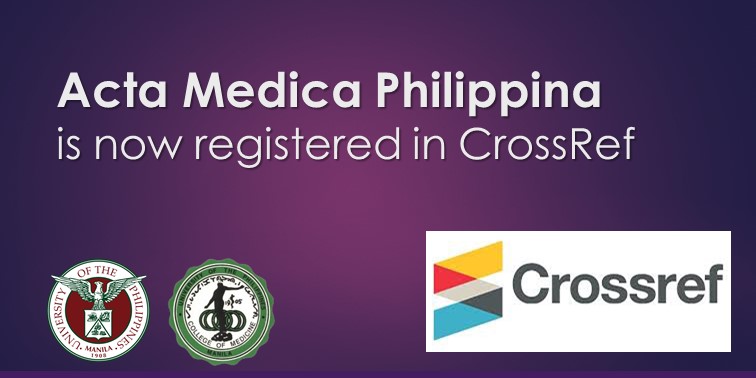Severe Headache, Seizures and Supraventricular Tachycardia in a 33-year-old Filipino Male with Confirmed COVID-19: A Case Report
DOI:
https://doi.org/10.47895/amp.vi0.5578Keywords:
COVID-19, headache, seizure, supraventricular tachycardiaAbstract
COVID-19 primarily presents as a pulmonary problem, ranging from mild respiratory illness to fatal acute respiratory distress syndrome. Most common manifestations are fever (89%) and cough (72%), while headache and arrhythmia are found in 28% and 17%, respectively. We aim to present a confirmed COVID-19 case presenting with both neurologic and cardiac manifestations.
A 33-year-old Filipino male nurse initially consulted at the emergency room due to progressive diffuse headache, with associated localized seizures progressing to generalized tonic clonic seizure and arrhythmia. He had no coryza, cough, sore throat, and diarrhea. He was previously well and had no known co-morbidities or direct exposure to confirmed COVID-19 patients. Physical examination showed elevated blood pressure, tachycardia, and sensory and motor deficits in the left upper and lower extremities.
Pertinent diagnostic test results included the detection of SARS-CoV-2 viral RNA via RT-PCR. Imaging studies
demonstrated cortical venous thrombosis with hemorrhagic venous infarction in the right parietal lobe. Ground
glass appearance on the middle lobe of the left lung was also evident. ECG showed supraventricular tachycardia. Prothrombin time, activated partial thromboplastin time, and D-dimer were all within the normal limits. Carotid massage was done. He was treated with anti-epileptics, anticoagulants, antiarrhythmics, antivirals, antibiotics, and supportive management. During the hospital stay, his symptoms resolved; he was discharged after 21 days. Follow-up done after 3 weeks revealed no recurrence of severe headache, seizure, or tachycardia.
It is theorized that an interplay exists between ACE-2 tropism, systemic inflammation, cytokine storm, and hypoxemia in the background of COVID-19 infection. These mechanisms may lead to thrombosis and arrhythmia resulting to neurologic derangements and myocardial injury.
Underlying mechanisms make the cerebro-cardiovascular systems vulnerable to the coronavirus disease 2019
infection. COVID-19 should therefore be part of the differential diagnoses in patients presenting with headache,
seizures, and arrhythmias.




.jpg)



